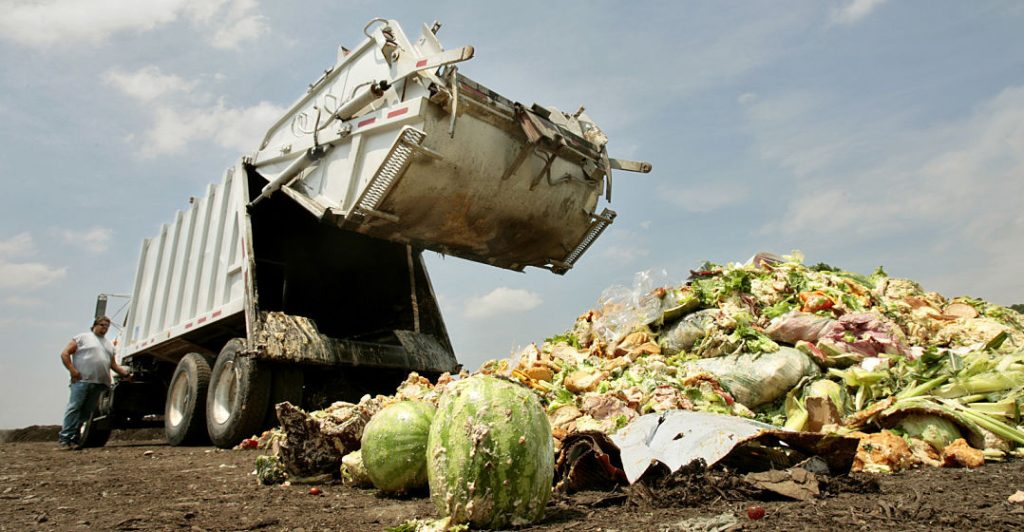
When food rots, it creates methane (CH4) which has 21 times the global warming potential of carbon dioxide. If food waste was a country, it would be the world’s 3rd largest emitter of CO2. The Food waste network recently reported these facts. Food waste hurts people, costs money and harms the planet.
Climate change and food security are interlinked. The former affects the latter and vice versa. Changes in climatic conditions have already affected food production. Earlier this year, a research study at Potsdam Institute for Climate Impact Research revealed that proper management of food use and distribution may lead to immense decrease in carbon emission. The study further suggested that up to 14% of emissions from agriculture in 2050 could be avoided by better managing food use and distribution.
Another research study published in the Environmental Science and Technology journal highlighted the fact that as poorer countries develop and the world’s population grows, emissions associated with food waste could soar from 0.5 gigatonnes of carbon dioxide equivalent per year to between 1.9 and 2.5 gigatonnes annually by 2050. The researchers have also stated that the share of food wasted is expected to increase drastically if emerging economies like China and India adopt western food habits, including a shift to eating more meat.
Agriculture is a major driver of climate change, accounting for more than 20% of overall global greenhouse gas emissions. If we avoid food loss and waste, we don’t have to produce at much food as we produce now. It would therefore avoid unnecessary greenhouse gas emissions and help mitigate climate change. Every time food is wasted, the water, energy, time, manpower, land, fertilizer, fuel, packaging and MONEY put into growing, preparing, storing, transporting, cooking the food is wasted.
Hundreds of thousands of smallholder farmers in Africa lose 15-42% of their fruit and vegetable crops due to issues such as improper storage, lack of access to finance and inability to link to sustainable markets. The World Bank estimated that just a 1% reduction in post-harvest losses in sub-Saharan Africa could lead to economic gains of $40m a year, most of which would go directly to farmers.
The Australian Business Review reported that consumers waste 20% of the food they buy, which sees more than 4 million tonnes end up in landfill each year in Australia and costs the Australian economy about $20 billion a year. Between 30 and 40% of food produced around the world is never eaten, because it is spoiled after harvest and during transportation, or thrown away by shops and consumers.
FAO estimated that 1.3 billion tonnes of food, worth $1 trillion, is wasted each year. Food waste in the developed world nearly equals annual food production in sub-Saharan Africa. Just think of the economic, environmental and social benefits that would flow if we did not waste so much food.
The potential for food waste curbs to reduce emissions should be given more attention. However it is not a strategy of governments at the moment. Over eight hundred million people in the world do not have enough to eat. Minimizing food wastage is one of the many ways to feed these people.




